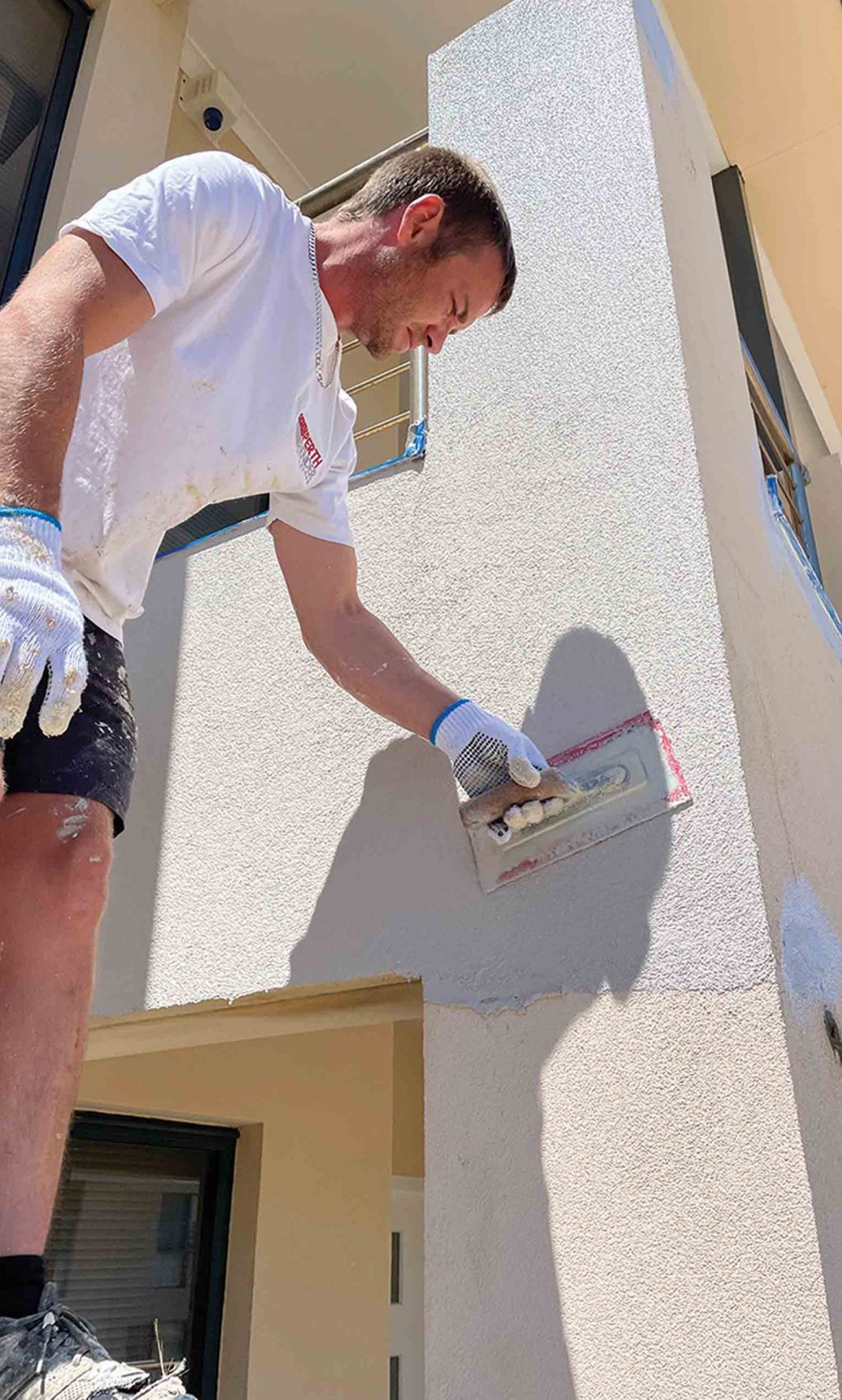
We diagnose & repair exterior render, texture & paint issues related to cracking, moisture, deterioration, bubbling & rust. With a specialised, qualified team of Plasterer’s, Renderers , Acrylic texture coaters and Painter’s, we are a true 1-stop shop.
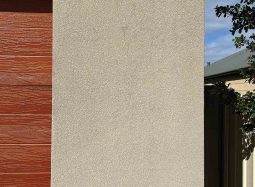
Texture coating can be likened to paint that contains large sand granules. Without a protective top-coating, granules loosen and fall out which wears down the texture coating. Surfaces facing North/East are usually affected sooner due to more sun exposure. If the coating mix is watered down too much, granules won’t interlock, leading to early deterioration.
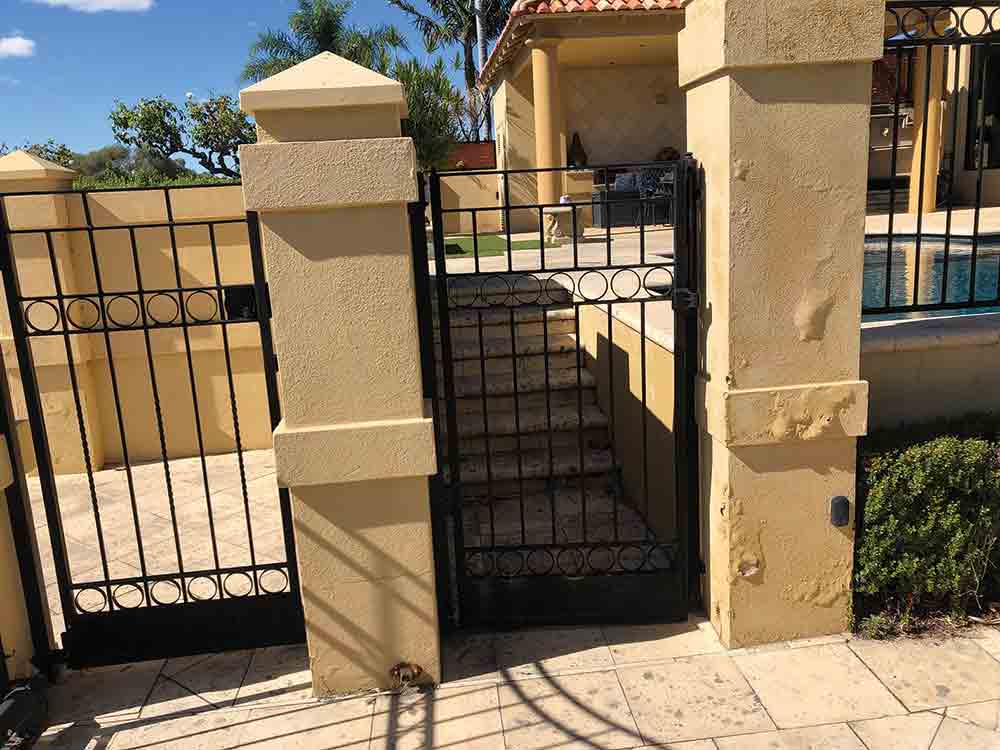
Moisture within the brickwork, mortar or base render will escape and take paint or render with it. This causes blistering or “bubbling”. Most render and paints repel water on the exterior but can’t with stand moisture from behind due to leaking roofs, balconies, garden beds and rising ground damp.
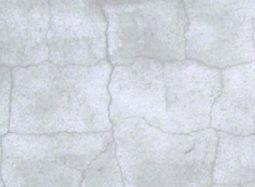
Random pattern hairline cracks on the surface of the render. Cement render shrinks as it hardens and expands/ contracts with temperature fluctuations.
This can also happen if a top coat is applied before the render coat has properly cured.

Larger cracks in a clear directional line (usually vertical or horizontal). Look for cracks in line with lintels or brickwork. The structure of your house may move due to issues with the foundations, and this causes stress fractures in the render. The structure may also be compromised by poor brick-laying techniques.
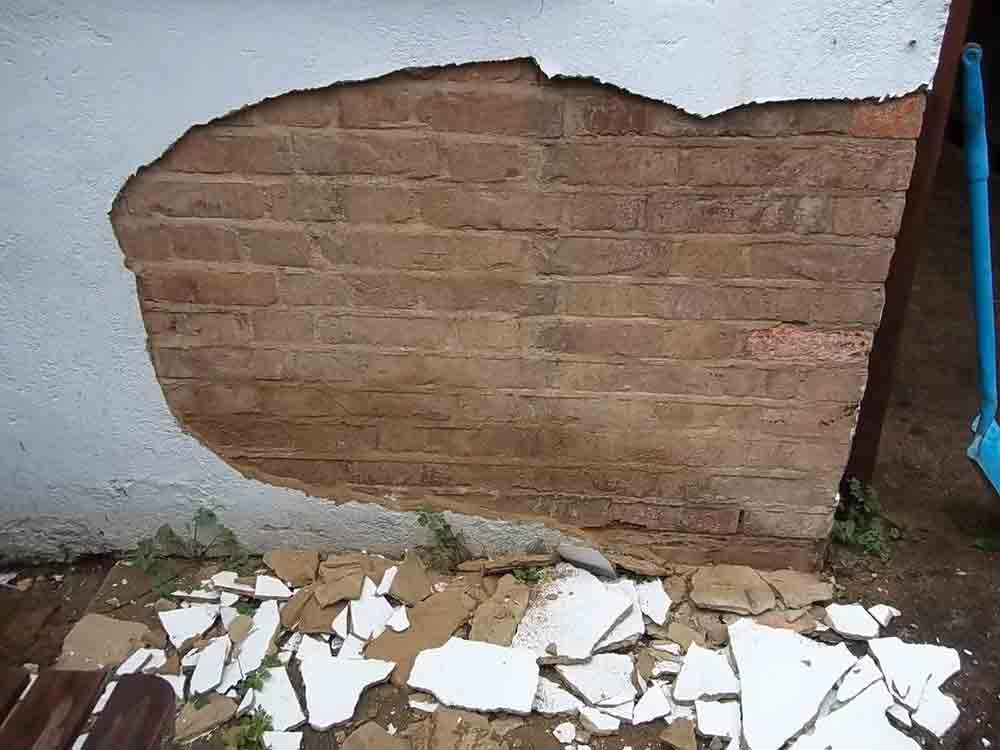
Render loses its bond with brick for many reasons. For example, render mixed with too much sand can cause paint to peel off as the bond just isn’t there. Or, the render may not have been cured correctly.

Paint or texture coating may peel for a host of reasons including no primer, watered down primer, or an unclean surface prior to application.
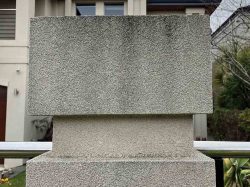
Without a protective top-coating like Dulux AcraShield, texture coating acts like a sponge, holding moisture and trapping dirt which promotes fungal and algae growth, and reduces the render’s life span.
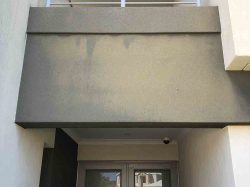
Builders often use cheap paint to cut costs. This leads to a low life span, usually enough to get past the standard five-year builder warranty.
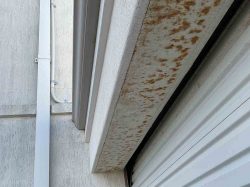
When steel is exposed to moisture, it rusts and expands, causing cracks in the surrounding bricks and render. As cracks grow, more water gets in and the situation worsens, potentially leading to complete lintel replacement.
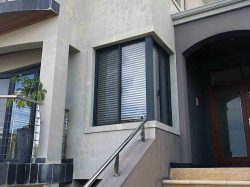
Salt blooming over the surface causes discolouration and peeling. Moisture can pull salt out of the render and make it rise to the surface. It’s important that cement render bases are sealed and water resistant to resist efflorescence.
Several factors may come into play when considering the causes behind the rendering issues we have just discussed.
Here are some of the more common reasons for the problems we are called on to resolve.
The signs of this may not show for years. Proper waterproofing takes a long time and is a tedious process, but it is absolutely essential. It usually requires two coats, not one. A missed spot, no matter how small, can allow for water to seep though and cause costly repairs.
Also, few cement renderers will include waterproofing in their mixes because it makes the render very hard to work with. Water will always do it’s best to escape and if it has to take off your paint or render to do so, it will. Most render and paints are designed to repel water from the exterior side but they are not made to withstand water from behind. Moisture can find its way behind render from leaking roofs, balconies, garden beds and even rising damp.
Many builders skip the top coat to cut costs, or are ignorant of its importance, without informing the homeowner. Missing this step dramatically reduces the lifespan of the finish and leaves the texture vulnerable to early deterioration and mould build-up.
Australian building standards specify that render should be allowed to cure for 28 days before applying paint.
As the render dries, the water content within it evaporates, allowing it to dry and cure. During this process, the render shrinks back ever so slightly once it has lost most of its water mass. Only a handful of builders will wait this long.
In fact, we have seen painters paint over freshly rendered walls just two days later! The problem with this is that the render still has a high moisture content and has yet to completely dry out. If the paint is applied while the render is still holding moisture and shrinking, the paint loses its bond to the render.Builders indulge in price wars to attract business. They slash their costs on inferior materials and products, skip crucial steps that won’t show up for years down the line, and carry out dubious practices.
For example, many renderers, painters and texture coaters will add a heap of water to the material to stretch it out, leaving you with a thinner coating that deteriorates quickly.When it comes to restoring your home’s rendered exterior render cracks, we promise to take a far more diligent approach. We’ll ask ourselves “how can we prevent this from happening again?” and will do all we can to ensure your home is restored to its former glory and looks beautiful for many, many years to come.
We can offer different repair solutions according to your budget and short or long-term needs render cracks.
Over the years, we have discovered what works and what doesn’t when it comes to render restoration work render cracks. This includes sourcing the most reliable and effective products. For example. Dulux AcraTex is an acrylic texture system designed with the Australian environment in mind. It protects against unsightly render cracking and staining and keeps your house looking great for longer.
The excellence we associate with Dulux AcraTex is common to all of the products we use render cracks. For example, Dulux Weathershield for general painting, Aquapel for water repelling, Weld-Crete for concrete bonding, White Knight for rust treatment, Helifix for crack stitching; whatever we use, we rely on the best people using quality products to achieve perfect results – and that’s what our approach is all about.
1. Determine the cause of the damaged render.
2. Offer solutions to suit your needs. This might include crack stitching, rust proofing, waterproofing, re-rendering, damp course treatments or re-rendering.
3. Prepare and protect your home for re-coating. We’ll lay heavy duty protective sheeting over your pathways and driveway
before starting work.
4. Pressure clean all surfaces to remove mould, dirt or surface
breakdown to ensure a clean surface to adhere to.
5. Completely re-coat or patch severely affected areas, ready for
top-coating.
6. Prime walls to ensure adhesion to the old surface.
7. Apply Dulux AcraTex High Performance flexible exterior paint coatings to all rendered surfaces.
8. Leave your home clean and mess free.
9. Provide a 7-to-10 year warranty depending on your options.
